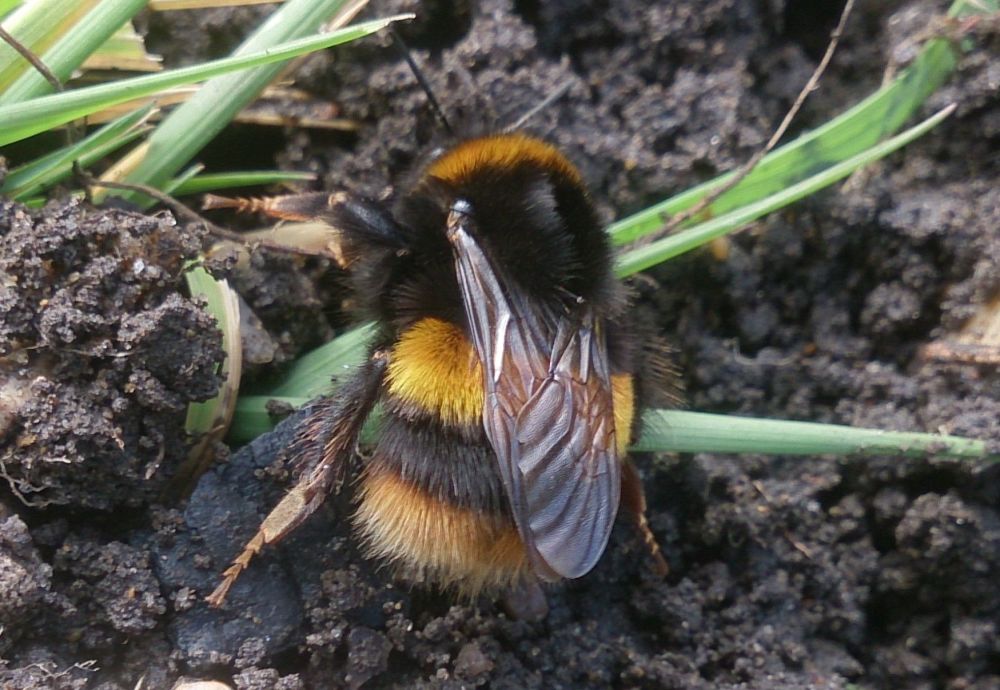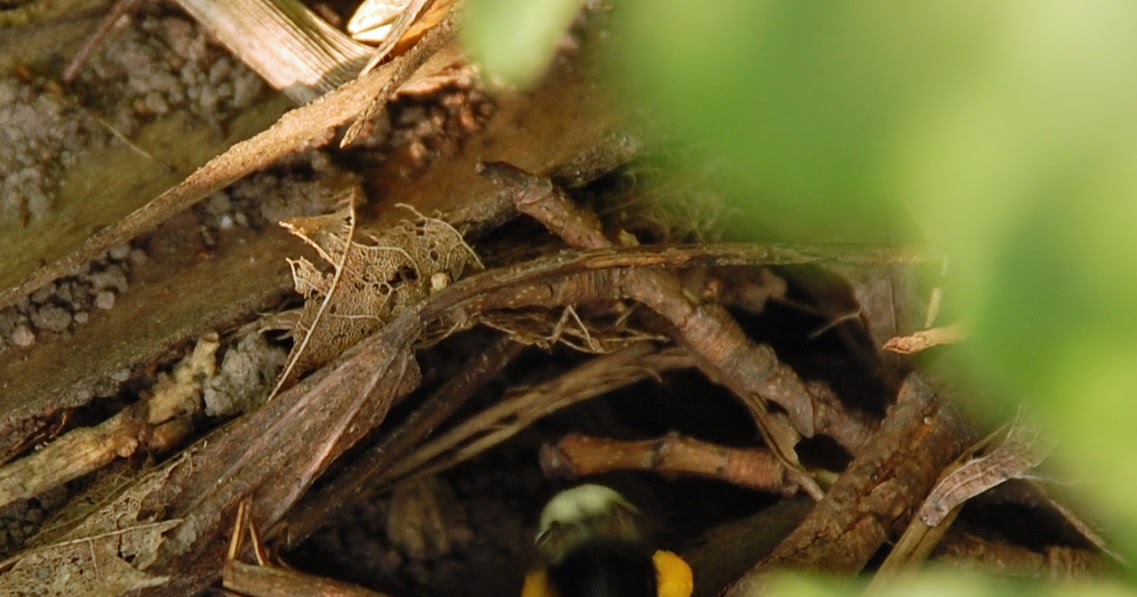
Some traits of tree bees can be a cause of concern, but there is nothing to worry about. Queens vary significantly in size, and workers are normally quite small.
#Bumble bee nest Patch
Fresh drones have a patch of yellowish facial fur, but this wears off with time. The thorax is tawny to reddish brown, the abdomen is black and tail is white. Their banding is unique amongst the UK species. Tree beesĪ recent addition to the UK's fauna. The males, workers, and the old queen die off in the autumn, leaving the nest to decay. Both males and new queens leave the nest to mate, and the new queens burrow into the ground to wait until the following spring. The females are fed extra food and become future queens. At this point, the queen starts laying both male and female eggs. By mid-summer nests of some species can contain several hundred workers. A few days later the first workers hatch from their pupae and begin helping their queen, expanding the nest and gathering food. When the eggs hatch the legless grubs consume pollen and nectar, grow rapidly, and pupate after a few weeks. She incubates them much as a bird would, sitting on the eggs while shivering her flight muscles to produce warmth. The queen stocks her nest with pollen and nectar and lays her first batch of eggs. Some species prefer to nest underground in abandoned burrows of rodents, while others nest just above the ground in dense grass or leaf-litter.

The queen bumblebees are very large, and from February onwards can be seen feeding on flowers such as willow catkins, bluebells and lungwort, or flying low over the ground searching for a nest site. Bumblebees have an annual lifecycle, with new nests being started each spring by queens.

Nesting sites are normally found underground in abandoned burrows, bird boxes, under the decking, or in the compost bin.īumblebees are social insects: they live in a colony with a queen and her offspring (the workers). They are rounder, larger and furrier and come with a variety of coloured stripes across the end of their tails. They aren't easily confused with any other bee.

A few of the bees you're likely to spot in the UK: Note: pest controllers do not apply bee treatments unless there's a serious threat to human life. Different types of bee may require different treatment methods. There are over 200 types of Bees in the UK, including 25 types of bumblebees! We've listed some of the most common here.


 0 kommentar(er)
0 kommentar(er)
